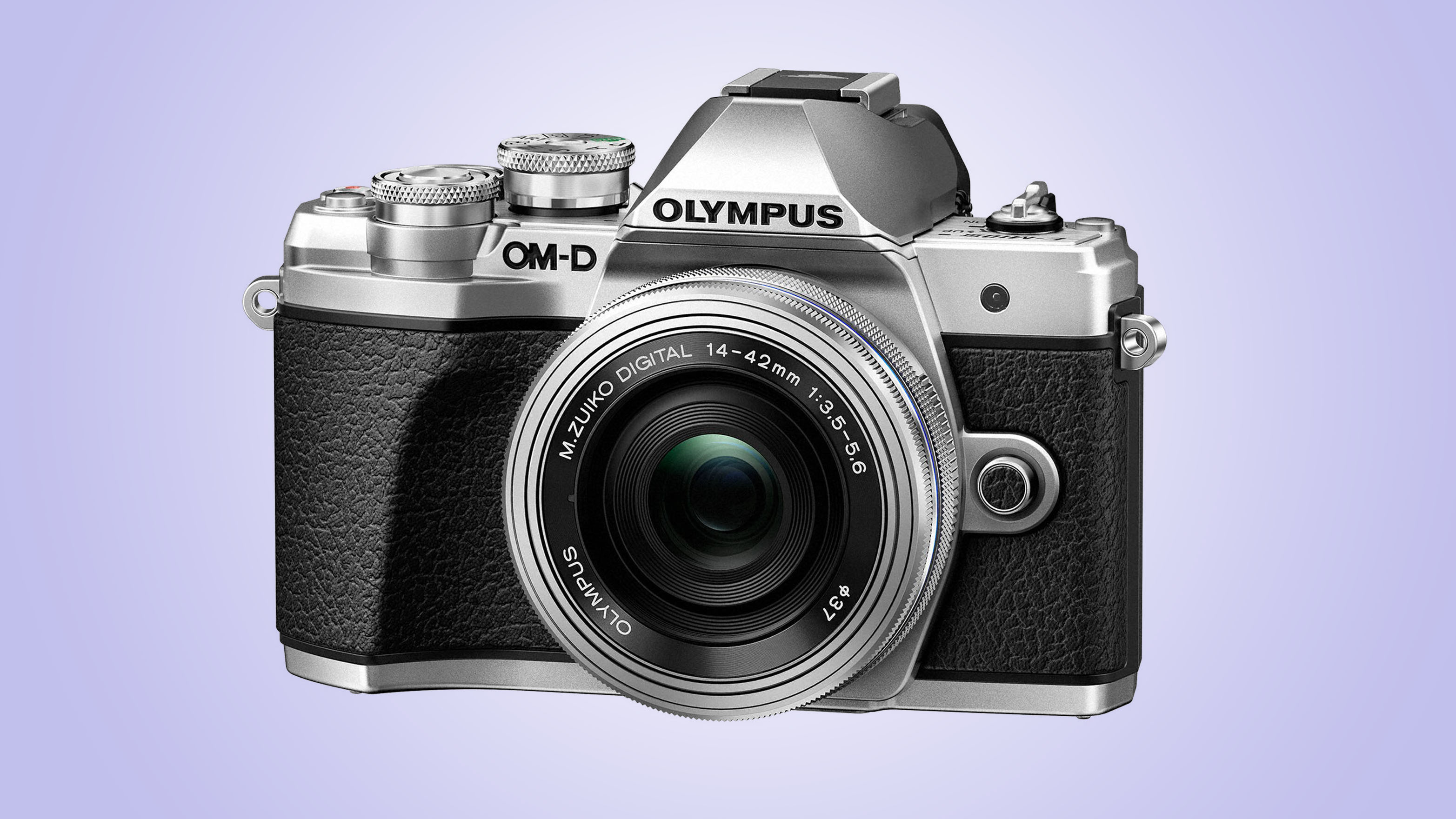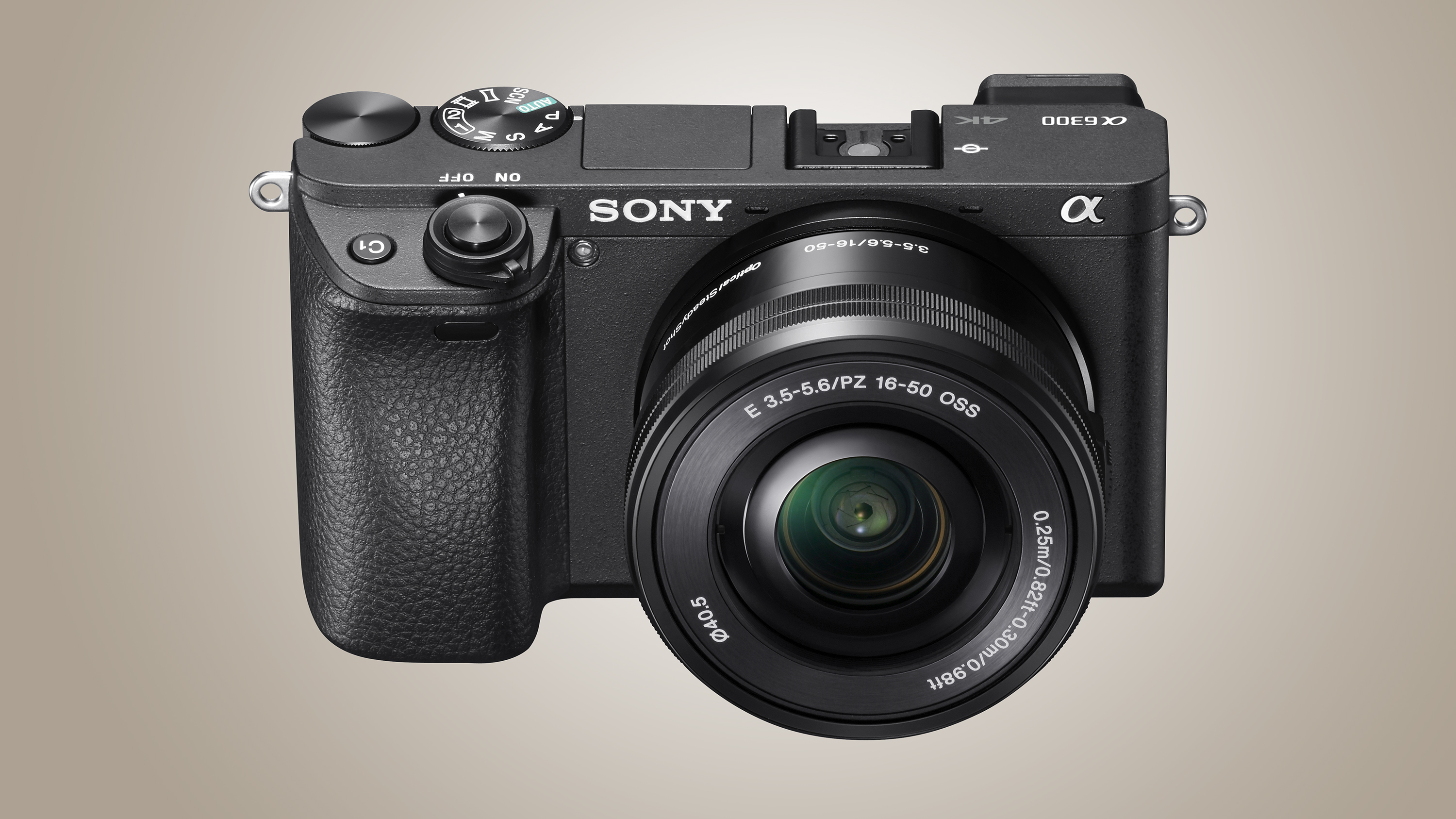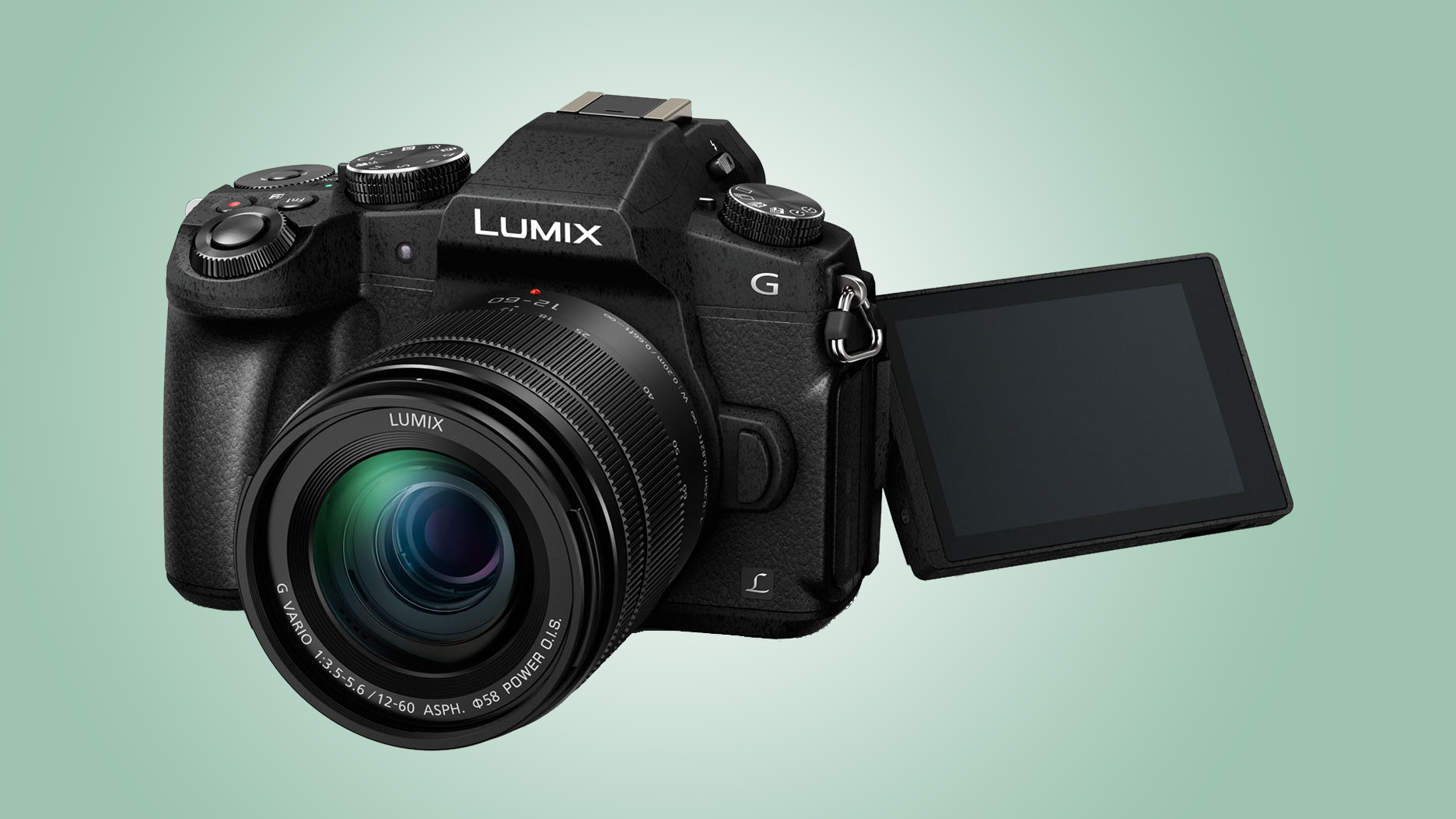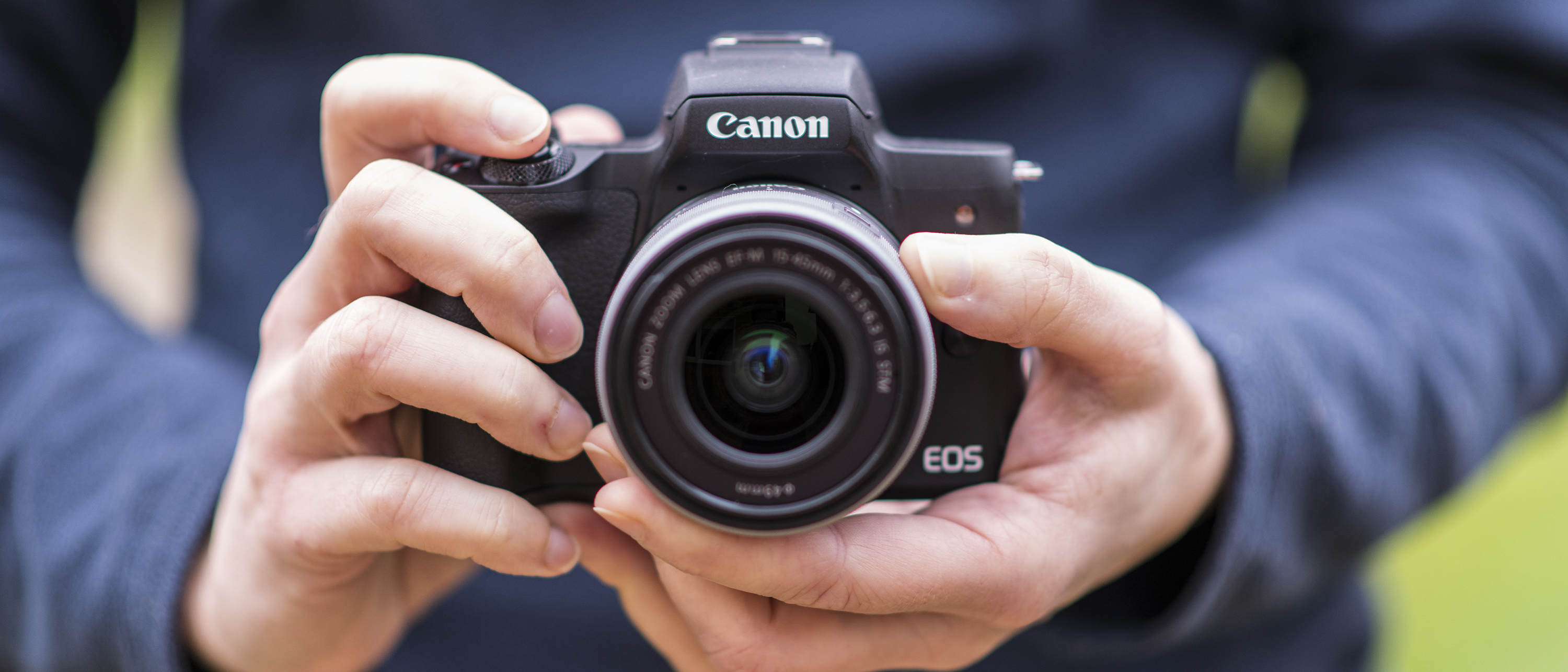Why you can trust TechRadar
Verdict
Despite its age and the arrival of both the newer EOS M6 Mark II and the M50's direct successor, the M50 II, the EOS M50 remains a good value option for beginners who want a small, approachable mirrorless camera that can shoot great stills - and since it's been replaced, you can pick it up at great prices.
Indeed, the M50 Mark II is essentially a very minor upgrade that most people probably be missing out by ignoring.
The EOS M6 Mark II is a far superior video camera and makes the EOS M50's heavily cropped 4K video look pretty dated. The M50's 1.6x crop factor means its effectiveness with the 15-45mm kit lens is pretty compromised. The alternative is to use another lens, but with Canon's EF-M range of lenses still pretty limited, and rivals offering superior 4K capture, there are better solutions out there.
A big boon on the M50, though, is its built-in electronic viewfinder, which comes in very handy when shooting in sunny conditions. The vari-angle screen also offers that bit more in the way of flexibility over its cousin's tilt-angle mechanism.
The relative lack of body-mounted controls may be a bit of a disappointment for more experienced users, but for the M50's target market of novice users it does make the camera feel very accessible, and the touchscreen interface is one of the best around.
The finish could also be a bit nicer, with the plasticky exterior not matching up to rivals, while the battery life is going to be pretty limiting without a spare.
If you're looking for a mirrorless camera that offers great image quality, is easy to use and has a decent autofocus system, the EOS M50 is an excellent choice. If, however, you're looking for a more rounded camera with a greater breadth of features and system support, then you should consider alternatives like the Canon EOS M6 Mark II and Olympus OM-D E-M10 Mark III.
- Check out our Canon promo codes for the latest savings and deals.
Competition

Olympus OM-D E-M10 Mark III
While it looks more DSLR-like in design, the Olympus OM-D E-M10 III is one of our favorite mirrorless cameras. Its 16MP Micro Four Thirds sensor can't match the results from the EOS M50, but the controls and finish are excellent, while the EVF is great for the price. All this is backed up by an extensive range of lenses.
Read our in-depth Olympus OM-D E-M10 Mark III review

Sony Alpha A6300
Like the EOS M50, the Alpha A6300 (which has now been succeeded by the Sony A6400) from Sony features an APS-C-sized sensor. While it can't quite match the handling of the M50 – it doesn't feature a touchscreen for example – the autofocus system and overall performance is that much better, while 4K video shouldn't disappoint.
Read our in-depth Sony Alpha A6300 review

Panasonic Lumix G80 / G85
Like the OM-D E-M10 Mark III, the Lumix G80 (it's the Lumix G85 in the US) is based around the Micro Four Thirds system. Image quality can't match that from the EOS M50, but it's packed with features and offers excellent 4K video capture. It's also now been succeeded by the Panasonic Lumix G95 / G90, which means it's now very good value.
Read our in-depth Panasonic Lumix G80 / G85 review
Phil Hall is an experienced writer and editor having worked on some of the largest photography magazines in the UK, and now edit the photography channel of TechRadar, the UK's biggest tech website and one of the largest in the world. He has also worked on numerous commercial projects, including working with manufacturers like Nikon and Fujifilm on bespoke printed and online camera guides, as well as writing technique blogs and copy for the John Lewis Technology guide.

